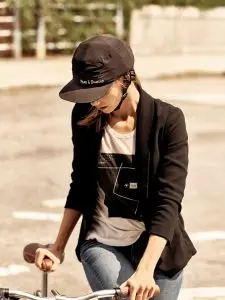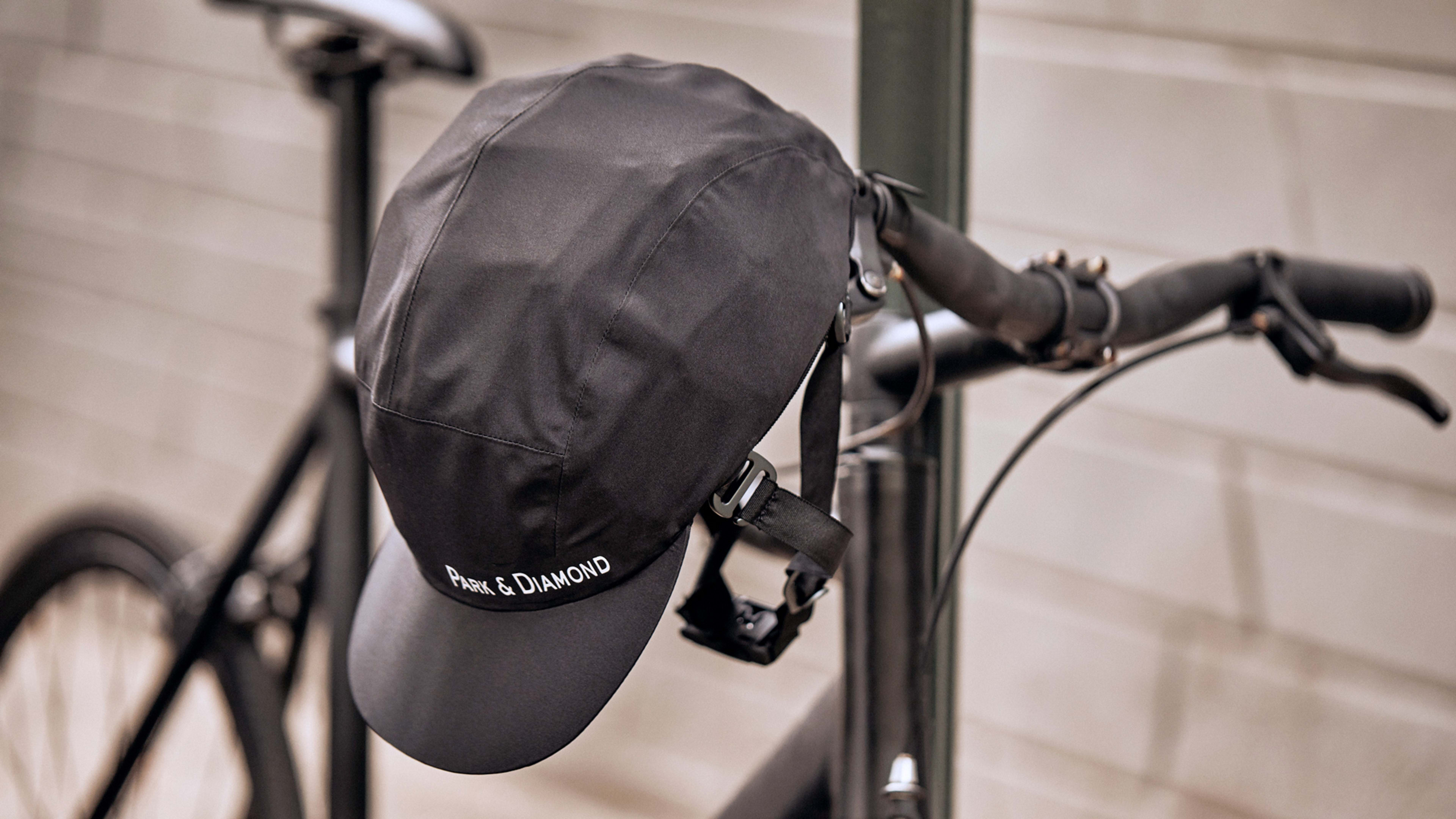Three years ago, while David Hall was an engineering student at Virginia Tech, his sister was hit by a car while riding her bike. “She spent the next four months in a coma,” he says. “Throughout that time period, we were asked all the time: ‘Was she wearing a helmet?’ Then that led to: ‘Why wasn’t she wearing a helmet?'”
While his sister recovered, Hall, along with fellow engineering student Jordan Klein, started to think about how to design a bike helmet that riders would actually use. Currently, only 29% of American adult cyclists say they always wear a helmet, while another 15% say they wear one occasionally. And as bike sharing networks grow across the country, people who ride might not want to lug around a helmet all day on the chance they take one trip. So Hall and Klein tried to rethink the helmet itself: By using composite materials instead of a block of foam, they realized that they could make a helmet that can fold up when it’s not in use, transforming into a size roughly as big as a large water bottle.
[Image: Park & Diamond]
Their startup, named Park and Diamond for the intersection in Philadelphia where the crash occurred, is launching its new helmet today on Indiegogo.
“When we first started, we thought we were going to be successful because we would just engineer a better product,” says Klein. “We realized that was really the wrong mind-set, and the reality was that listening and understanding what the exact pain points were from customers and designing to exactly what they needed was really the key to delivering a more user-friendly device. And we’ve just been obsessed with designing something that is as unobtrusive as possible.”

The compact size, in theory, will make cyclists more willing to carry a helmet with them for the day, even in cases where they might not know when they leave home in the morning that they’ll be riding a bike later in the day. It collapses with one hand, so it’s possible to quickly stuff it in a bag when getting off a bike, and it weighs only eight ounces. The helmet also tries to address the two other reasons that people don’t wear helmets–aesthetics and comfort. The form-fitting design, the designers say, is more comfortable. And the shape looks like a baseball cap (albeit with a few extra lumps).

“When the regulations for the CPSC were written, it was before we had an understanding of concussions in the modern sense,” says Klein. “It was before really a lot of research around how repetitive impacts affected long-term mental stability in athletes. [The] regulations are really written to address skull fracture, and not to prevent a concussion. By applying more modern engineering principles, you can create materials that are a little bit more optimized for preventing both concussion and skull fracture.” The new helmet absorbs and dissipates energy away from the rider’s head in a crash. Unlike a traditional helmet, it doesn’t bounce on the pavement and crack.
One global study found that wearing standard helmets reduces the risk of major head injuries by nearly 70%, and reduces the risk of fatal head injuries by 65% (an older American study suggests that it could reduce the risk of serious head injuries as much as 88%). Of course, helmets are only one factor in whether cyclists are seriously injured or killed in accidents. In Denmark, where the majority of people riding bikes don’t wear helmets, the rate of cyclist deaths is far lower than in America. Having much better bike infrastructure–and simply having more cyclists on the road, so drivers are more aware of them–arguably makes more difference than whether cyclists are wearing helmets. But while bike infrastructure continues to improve in the U.S., a better bike helmet could help.
The preorder price for the helmet starts at $79; the team aimed to keep the cost as low as it could. “Our mission really is to get this product out on as many people as possible,” says Klein.
Recognize your brand’s excellence by applying to this year’s Brands That Matter Awards before the early-rate deadline, May 3.
